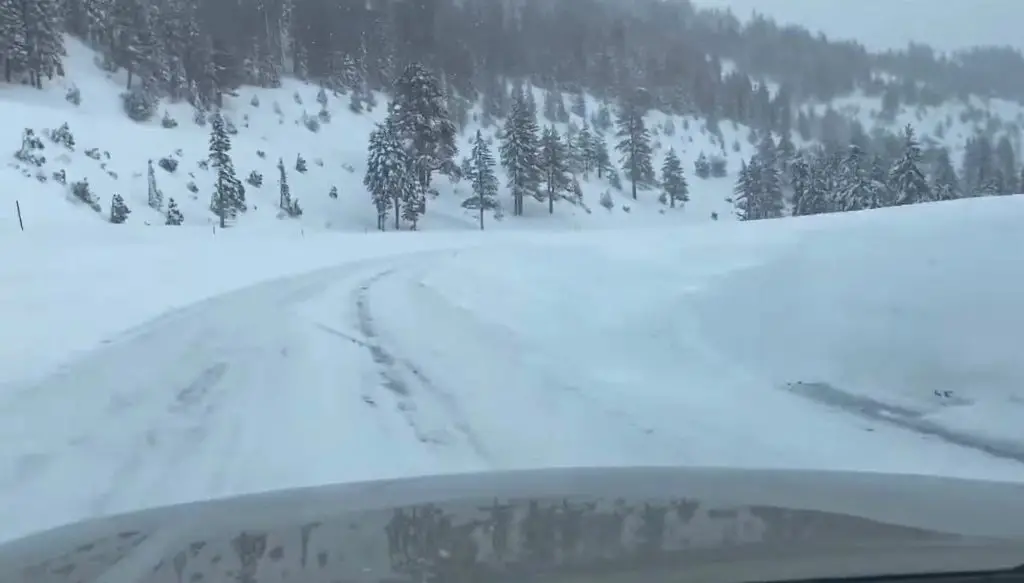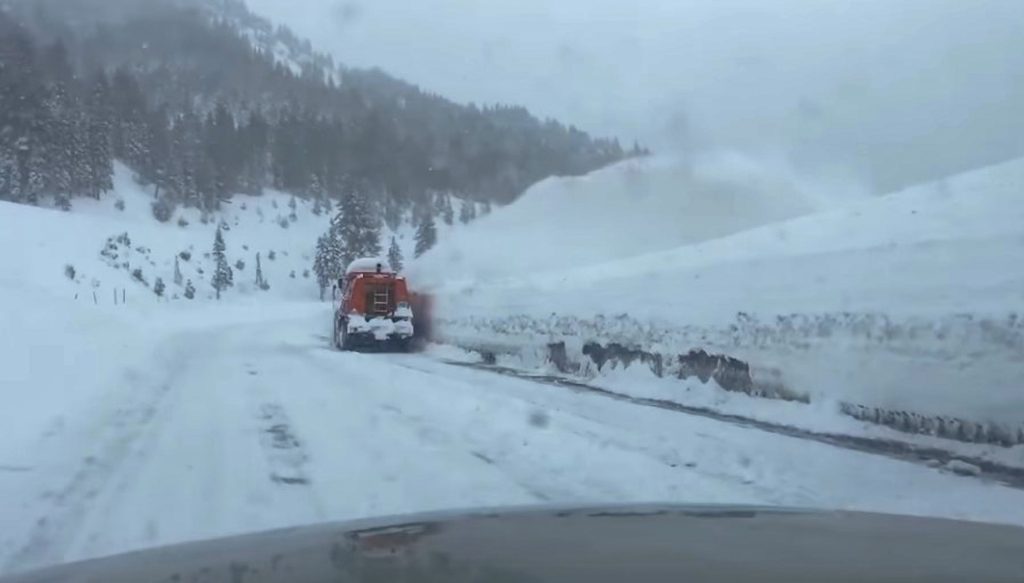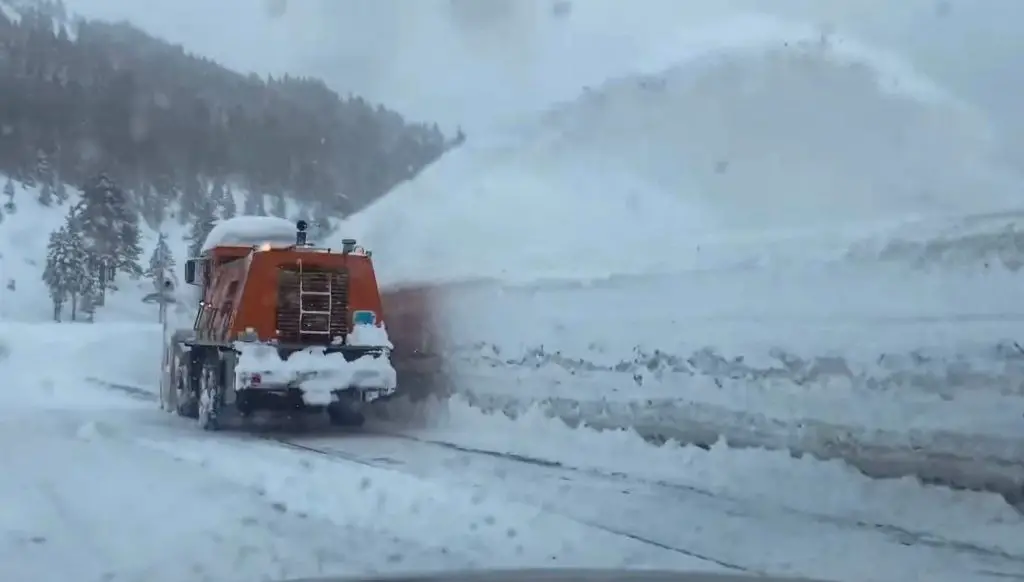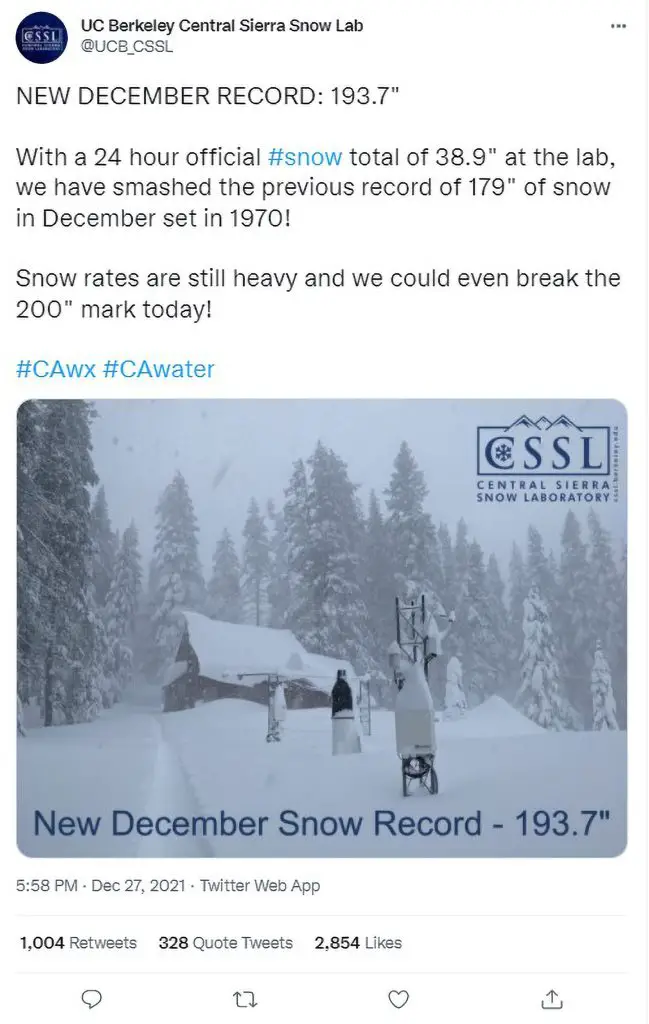California’s Sierra Nevada has seen record snowfall this month but scientists say it is not enough to fend off the effects of climate change.
The Sierra Nevada mountain range has suffered many months of drought, sparking wildfires and causing water shortages in the area. However, heavy snowfall in recent days has broken decades-old records.
As of 28th December, 202 inches of snow has fallen on the UC Berkeley Central Sierra Snow Laboratory so far this month.

Experts said it has been the biggest snowfall in December on record in the area as well as the third snowiest month since records began there in 1970. January 2017 is the top month with 238 inches of snowfall.
Measurements are taken about 150 feet from the Sierra Snow Laboratory’s front door.
Station manager and lead scientist Andrew Schwartz said the record-breaking snowfall has been “amazing” so far, but more is needed to fend off the effects of climate change.

He said: “While this event has been amazing so far, we are really concerned about the upcoming months not having as many storms.
“If we don’t get another inch, we’re still below what we would expect for the entire winter, which means that we can contribute to the drought rather than resolving it.”
According to the California Department of Water Resources, snowpack, which serves as a natural water source that is stored in winter months and released in spring, was at extremely low levels in the Sierra Nevada last winter and reservoirs are still below average levels.

Meanwhile, the summer drought was the worst in California’s 126-year record. July 2021 saw the driest month since records began in 1895.
Schwartz said: “Ultimately, what’s happening right now in terms of climate change with our precipitation here on the summit is that we’re actually seeing increasing precipitation, but the difference is we’re seeing a reduction in snowfall and an increase in rain.
“Overall, the trends with climate change in the region are kind of a dire one with respect to snow, because we’re not going to have it for a whole lot longer.

He added: “So when we have months like this, I’m very excited for them.”



